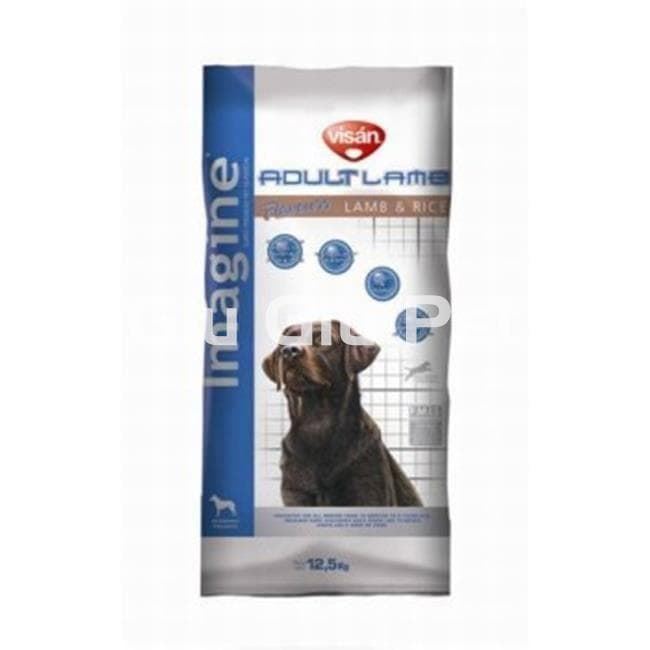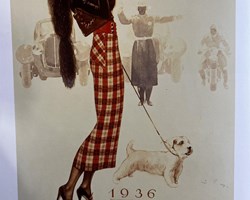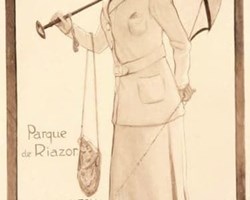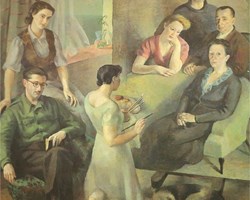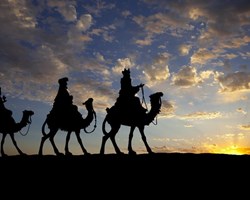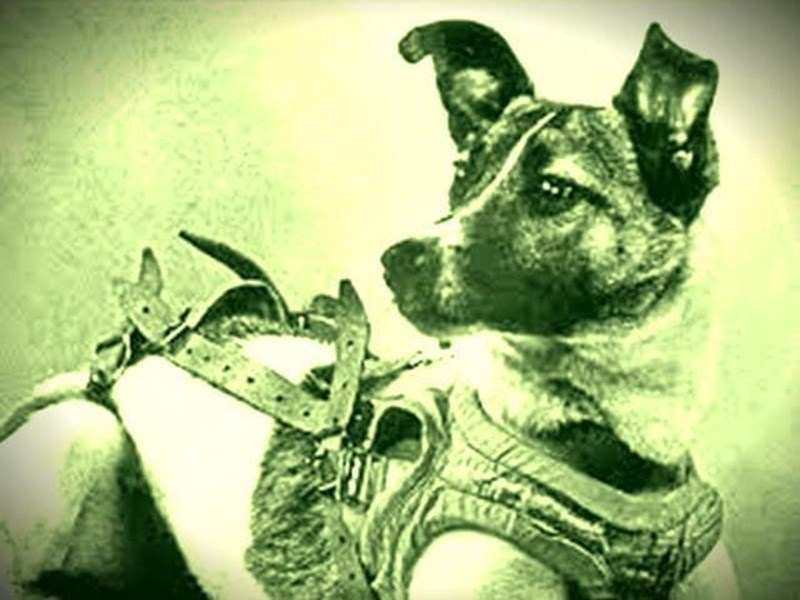
Recruited from the streets of Moscow, she was selected to become the first living being to "mann" a spaceship.
This dog, a mix of Siberian husky and Samoyed, was a stray and lived on the streets of Moscow. He had no name, no house, no owner to obey.
His trip kept the world in suspense.
But the "astronaut" survived only 5-7 hours.
Russia deliberately concealed that the ship lacked a return system.
More than 60 years ago, a living being left planet Earth for the first time into space: the dog Laika, launched on the Russian satellite Sputnik 2 on November 3, 1957.
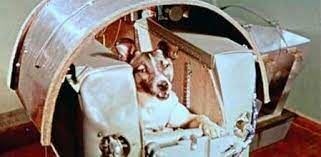
This four-legged pioneer did not return.
He became the first "victim" of space adventures, heading a list that would increase over the years with other animals.
Between 1948 and 1961, 48 dogs, 15 monkeys, and two rabbits paved the way for discoveries in space.
Twenty-seven of them died in accidents due to unforeseen circumstances during the voyage.
Laika was the only animal deliberately sent to certain death far from Earth.
The two empires were trying to expand their spheres of influence in the world.
"Conquer space" would be a show of strength, technology and development.
Although, on the one hand, Khrushchev allocated enormous sums of resources for space research, the rush prevented systematic and detailed work.
The first unoccupied Russian satellite entered orbit on October 4, 1957.
Excited, the leader of the Soviet Union demanded from the engineer responsible for the space program Sergey Korolev something "spectacular" for the 40th anniversary of the communist revolution.
So, Korolev proposed to send a dog into space.
As, at that time, there was not enough technology to guarantee the return of the satellite, the animal would be sent to certain death.
Researcher Alexander Nikonov suggests that Khrushchev had agreed because he had never had a cub.
For many years, the Soviet government spread the news that Laika had died, painlessly, after a week in orbit.
But today it is known that the dog died six hours after launch, due to a combination of respiratory problems and cardiac arrest after the cabin overheated.
The first evidence of the circumstances of death was presented in 2002 at the World Space Congress, in Houston, Texas, by Dimitri Malashenkov, of the Moscow Institute for Biological Problems.
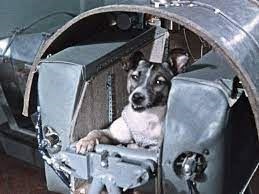
SPACE DOGS:
The selection of dogs that could be sent into space followed some criteria:
- First, due to the size of the rocket, the animal could weigh a maximum of 7 kg.
- Purebred and pedigree dogs were considered too spoiled and unable to do well in "critical survival" courses. Therefore, the "cosmonaut dog squad" was recruited mainly on the streets. Laika, for example, was wandering the streets of Moscow when she was recruited.
- The specialists preferred to work with females, whom they considered more disciplined, and smooth-haired animals were seen as more suitable for the installation of sensors.
Of the 10 candidates shortlisted for the final test, endurance in the centrifugal pressure chamber, three stood out: Albina, Laika and Mukhu.
Albina was pregnant and Mukhu was rejected for having unphotogenic curves in her legs.
So Laika was chosen to die in space and enter history.

CAPSULE THE SIZE OF A WASHING MACHINE:
Sputnik 2 was not technically developed to land.
It was a cylinder about four meters high and two meters in diameter.
Laika was in a capsule the size of a washing machine, with a device for the chemical regeneration of air and an automatic feeder that opened, twice a day, the lid of a container with a mixture of gelatinous nutrients.
The dog had a sensor implanted in her ribs to measure her breathing and another sensor to measure her pulse in her carotid artery.
They also activated devices to measure temperature, pressure and perform cardiograms.
In the last days, before the launch, Laika was placed in a
capsule every day for several hours to get used to the situation.
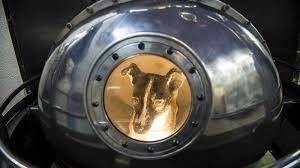
DEATH:
Sensors implanted in Laika showed that, during launch, the dog's heartbeat rate greatly increased, reaching three times the rate at rest.
It took three times as long for her pulse to return to pre-launch levels than it had in the previous tests, an indicator of the high degree of stress Laika suffered on the way to space.
Temperature sensors showed that the humidity and temperature of the capsule where the dog was kept increased shortly after the start of the mission.
The temperature reached over 40 degrees Celsius.
Six hours after takeoff, sensors registered cardiac arrest.
It was clear that the dog had died as a result of overheating in the cabin and stress.
The satellite with Laika's body circled 2,370 times in orbit and burned up as it entered the atmosphere on April 14, 1958.
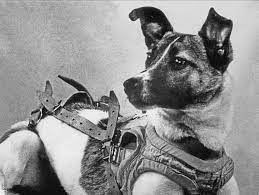
THE INFORMATION THAT REACHED THE PUBLIC:
The Soviet government hid information about Laika's death.
For a week, local newspapers carried newsletters about the health of the dog, who was actually already dead.
The information disclosed gave rise to the population thinking that Laika could return.
The international media admired the Soviet achievement and expressed concern about the four-legged astronaut.
But when the Soviet news agency reported that Laika was euthanized in orbit "for reasons of humanity," the applause turned to protests from animal advocates.
Hundreds of letters were sent to Moscow and the United Nations denouncing the "cruelty" of the space program.
Some said that it would have been better to send Khrushchev into space instead of the dog.
ANIMALS CONTINUED TRAVELING INTO SPACE:
But the use of animals in space tests continued, in order to ensure the safe launch of human beings. While the Soviet Union used dogs, and later rabbits, the United States used monkeys.
This is the ship with which Space X wants us to travel to Mars to establish a human colony.
In the Soviet Union, between 1948 and 1961, 48 dogs were launched into space and 20 of them died.
At the same time, the Americans sent 15 monkeys into space, and eight of them died.
The first living creatures to return to Earth, using parachutes, were the dogs Desik and Gypsy (from the Soviet Union, July 22, 1951) and the chimpanzee Yorik (United States, September 20, 1951).
Desik died a week after returning.
In 1966, when there were doubts about the possibility of prolonged stay of human beings in space, the Soviet Union sent the Kosmos-110 satellite, with the dogs Vaterk and Ugolkom.
Both returned alive, albeit exhausted, after 23 days in orbit.
At the same time, the Americans sent 15 monkeys into space, and eight of them died.
Other articles that might interest you:
- Chonino, the dog that was sacrificed.
- Stubby and Smoky, fighting dogs.
- Barry, a hero in the snow.
- Old Drum and animal rights.
- RIN TIN TIN, Hollywood star.
- HACHIKO, loyal to the end.
Glu Glu Pet products that might interest you:
- ANC Fresh complete chicken.
- Fresh lamb (ANC).
- ANC Fresh sensitive salmon.
- IMAGINE LAMB & RICE.
- Imagine Large Adult 15kg.
- IMAGINE LIGHT.
- Imagine Mature 3kg.
- PRO PLAN Gastrointestinal 1.5 kg.
- Advance Atopic with trout.
- Advance hypoallergenic 2.5 kg.
- LITTLE BIG PAW DUCK.
- LITTLE BIG PAW TURKEY.
- LITTLE BIG PAW CHICKEN.
- Chicken Quarters Marty.


